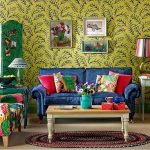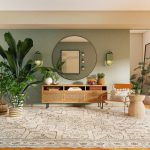How to enhance home decor – know more about Interior stylists
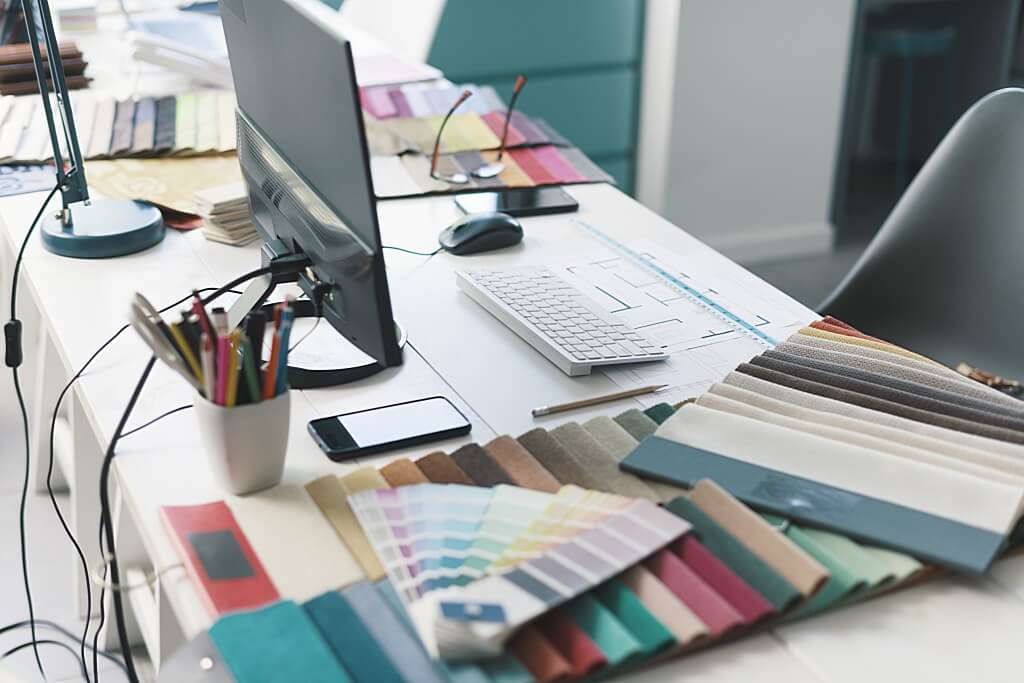
Interior styling is the act of making a room more unique for both the designer and their clients. A successful interior stylist understands their client’s tastes and signature styles, so they may choose pieces from each to create a room suitable for them, adding individual style to interior design and making a client happy and the environment unique.
Primary categories of interior design include:
Furnishings:
Interior designers are interior decorators. The design, purchase, or collaboration on furnishings and even soft furnishings like throws, pillows, carpets, and rugs related to a specific project for clients. Interior designers may work with interior architects who focus more specifically on the architecture – like how rooms will look in terms of functionality and artistic aspects related to how they look or feel as experienced by an audience of people.
Colors:
A color palette can be utilized in interior design to create moods or themes in the house. For example, if the room is to evoke a relaxing, soothing tone, they should choose softer colors like blues and greens. (linksmagazine.com) If they wanted it to suggest an energetic mood, use neutral colors or bold ones instead.

Layouts:
With interior design, a room’s layout can change the feel and flow of the space. An example is replacing the couch in your living room with an L-shaped sitter and placing it against a different wall.
Textures:
Texture plays a vital part in giving your room character. Using textures can allow you to create an ambiance that’s both sophisticated and natural by using materials like silk, wool, and cotton, which can create a sophisticated but pleasant living space in which you’ll want to spend your time relaxing in!
Lighting:
If you’ve ever wandered into a room that’s too dim or too bright, then you’ve experienced first-hand how different lighting can be. Understanding the lighting and the feelings it creates can help you choose the right kind of lights to bring back to your room.
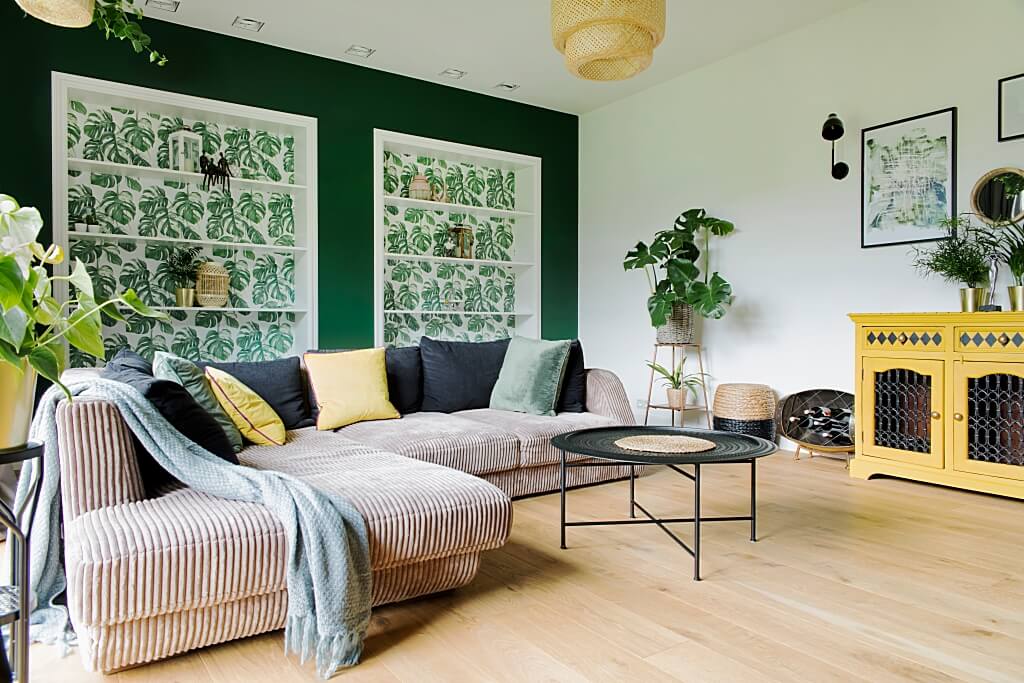
Basic Requirements to become Interior stylist:
1. Become qualified
While obtaining an Interior Design qualification isn’t necessary to work as a stylist, hiring managers and individuals often look upon it admiringly. There are several educational routes you can take. For instance, one may pursue a diploma in Interior Decoration and Design, during which one can learn the fundamental techniques practiced by stylists. A bachelor’s degree in Interior Decoration/Design could also teach you many benefits skills for stylist jobs and may enhance your CV after completing three or four years at school.
2. Secure an entry-level role
One of the best ways to enter an interior redesigning position is often by beginning your career in an entry-level role. You could apply for the role of assistant designer, for example. In this position, you can learn more about interior design and increase your experience in the industry, which will allow you better insight into redecorating a home, office, or other types of living space.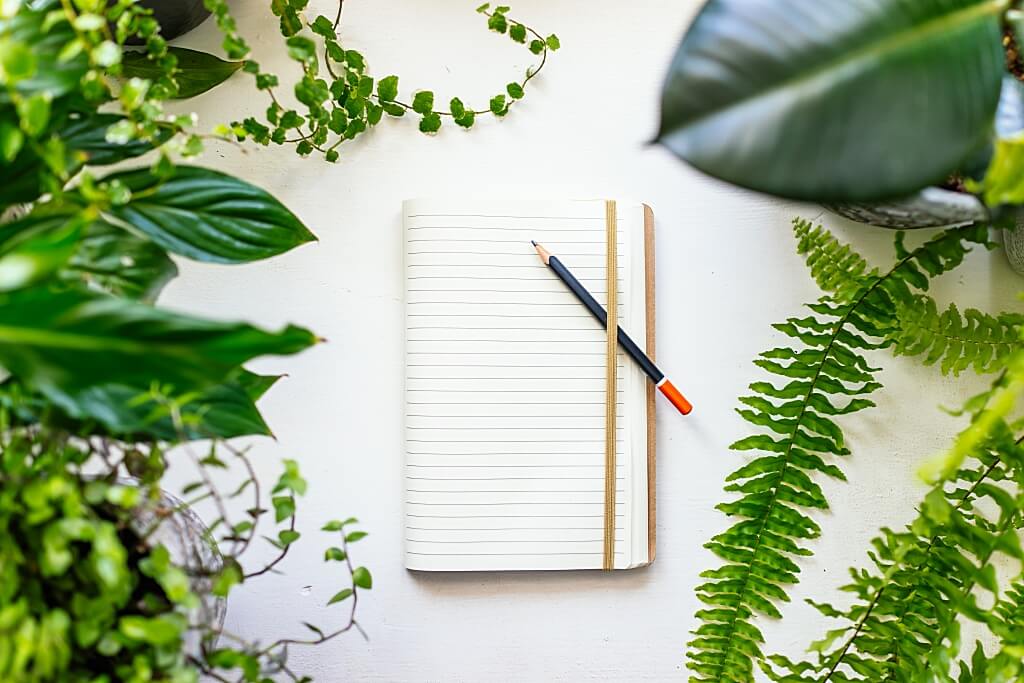
3. Build your styling portfolio
To be a successful interior stylist, it’s vital to have a portfolio that displays your work and skills. During your year of studies, internship experience, and your work as a junior designer. You should start building up an example archive of your style, which is why juniors or people starting in their career as interior stylists can submit their designs/ideas in portfolios to potential employers and clients. Portfolios are not only good for showcasing your talents and design flair, but they also give a clear perspective on the design talents you possess as an interior stylist.
4. Apply for an interior stylist job
Once you have the education and experience behind you, it’s time to begin looking for employment. It can be an excellent idea to determine the type of interior styling job that may suit your plans. Interior stylists can work as full-time, part-time, or freelance stylists. Once you know what type of work you want to pursue, draft your resume to highlight your strengths while pointing out how much experience you do or don’t yet have so that it suits every position you applied.
Skills for Interior Stylists
Space planning
Space planning involves effective planning for the use and function of the room. This includes considering a room’s flow in traffic and how people may use it. For example, placing a coffee table in the center of a lounge room can help provide additional space to put drinks, food or books, and ornaments for decoration.
Design
A better understanding of design principles is essential for interior styling. Skills in design principles can help you adapt past designs to modern concepts, maximize space with a layout and create a space that coincides with its surroundings. Interior stylists use CAD to create a three-dimensional model of their styling ideas for clients.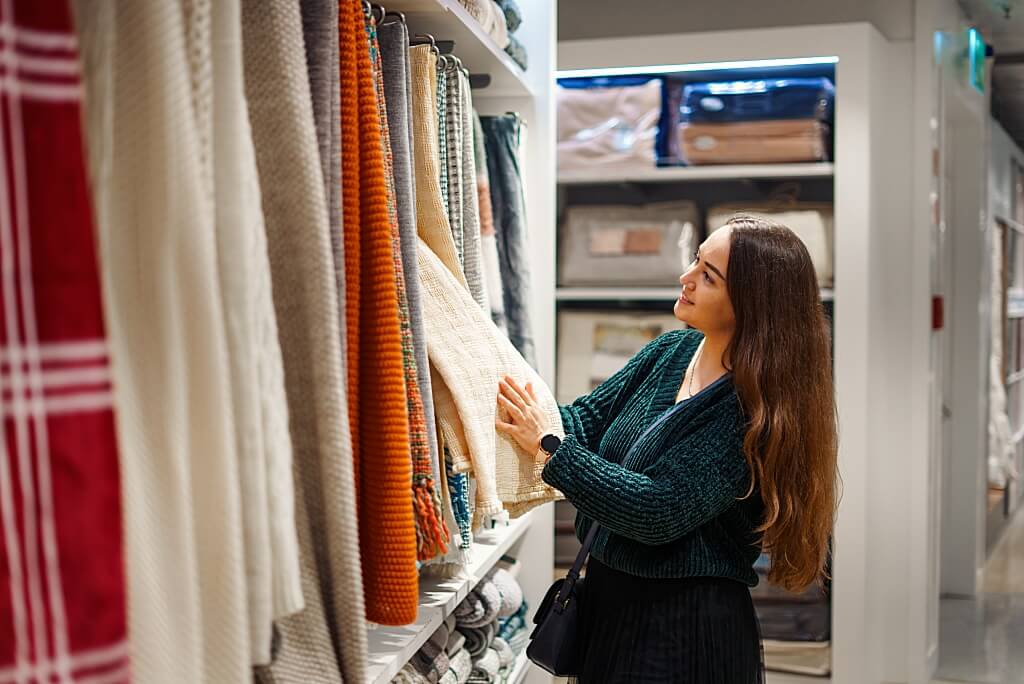
Creativity
Imagination and innovation are very important to developing styling concepts and ideas. With creativity, you can find it easier to envision a result, including furnishings, fabrics, textures, and colors, before you begin. Creativity skills allow you to approach styling tasks with a unique and inspired outlook.
Attention to detail
Styling requires your attention to highlight minute details. As an Interior Stylist, you’ll be equipped with the attention to detail that enables you to excel in identifying potential risks or opportunities and ensuring that a project is completed within budget, on time, and to specification. Attention to detail can promote efficiency and productivity, which are looked upon favorably in interior decorating and styling.
Organization
Decorating a home can involve a diverse range of activities that require you to pay attention to multiple things at once. These tasks may include keeping track of customer records, administering contracts for services rendered, and installing furniture in various areas. Organization skills can help you prioritize your tasks and delegate where necessary.
Flexibility
Flexibility is one of the most important aspects of keeping a styling project from being overwhelming. When you have flexible thinking, there are infinite possibilities for change without causing undue stress on budgets. This line of work often involves non-traditional working hours, frequent travel, and unpredictable project lengths. A flexible approach can promote a less stressful working environment.
Communication
As an Interior stylist, internal communication is vital to your work. You will often be asked to share your ideas with clients and professionals alike. Possessing exceptional communication skills and having an excellent understanding of how to present things to people will help you convey how you want a project done, play a key part in reducing errors from occurring, and also allow you to follow deadlines more efficiently.




